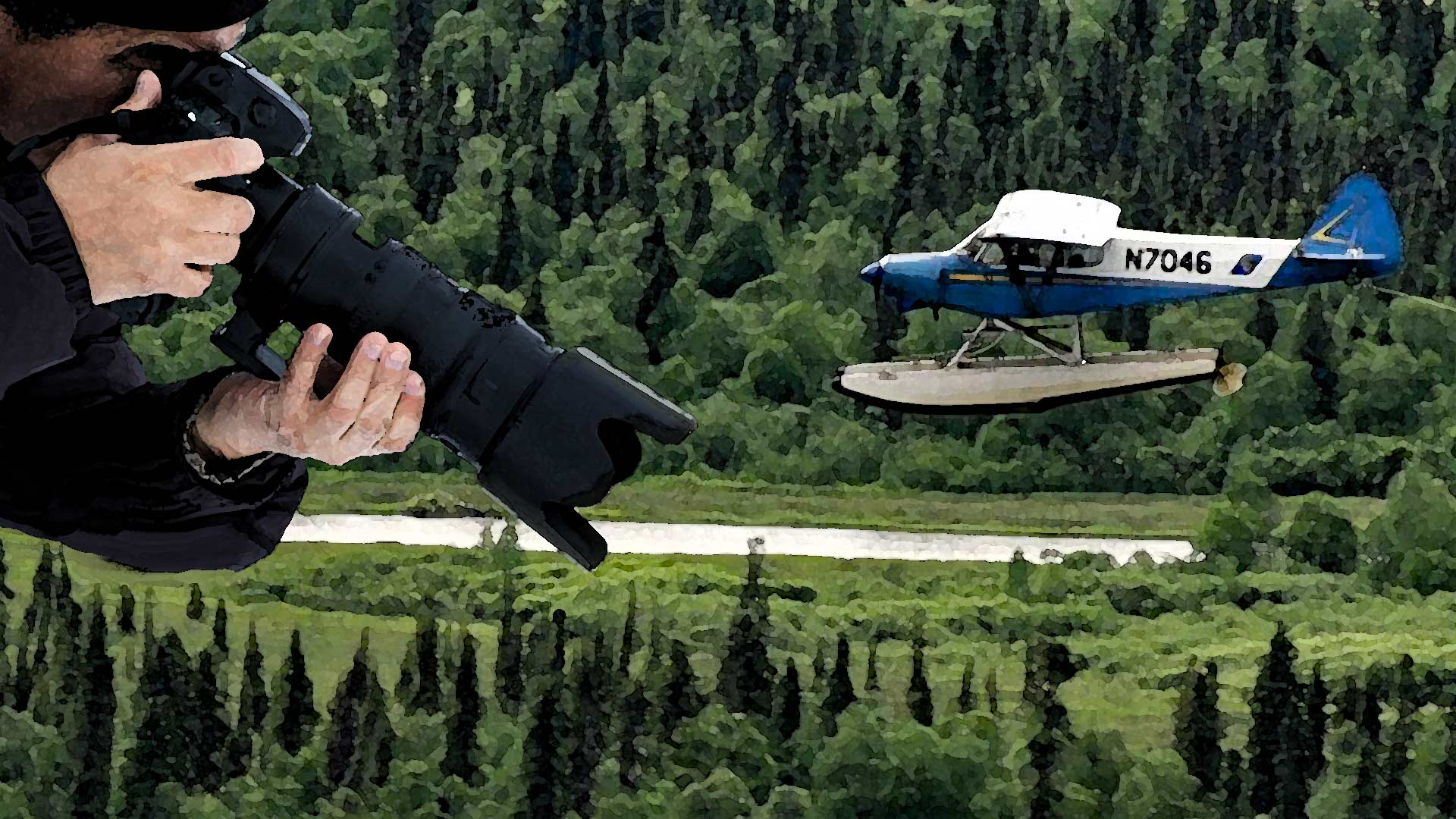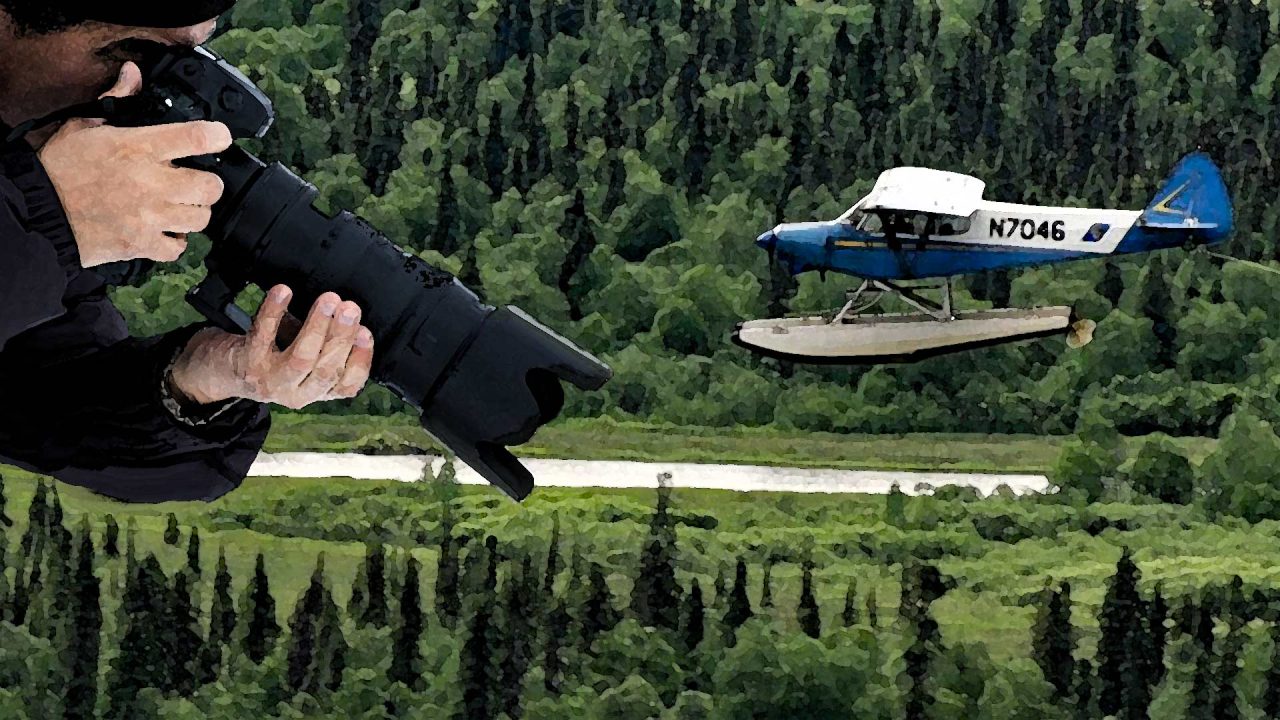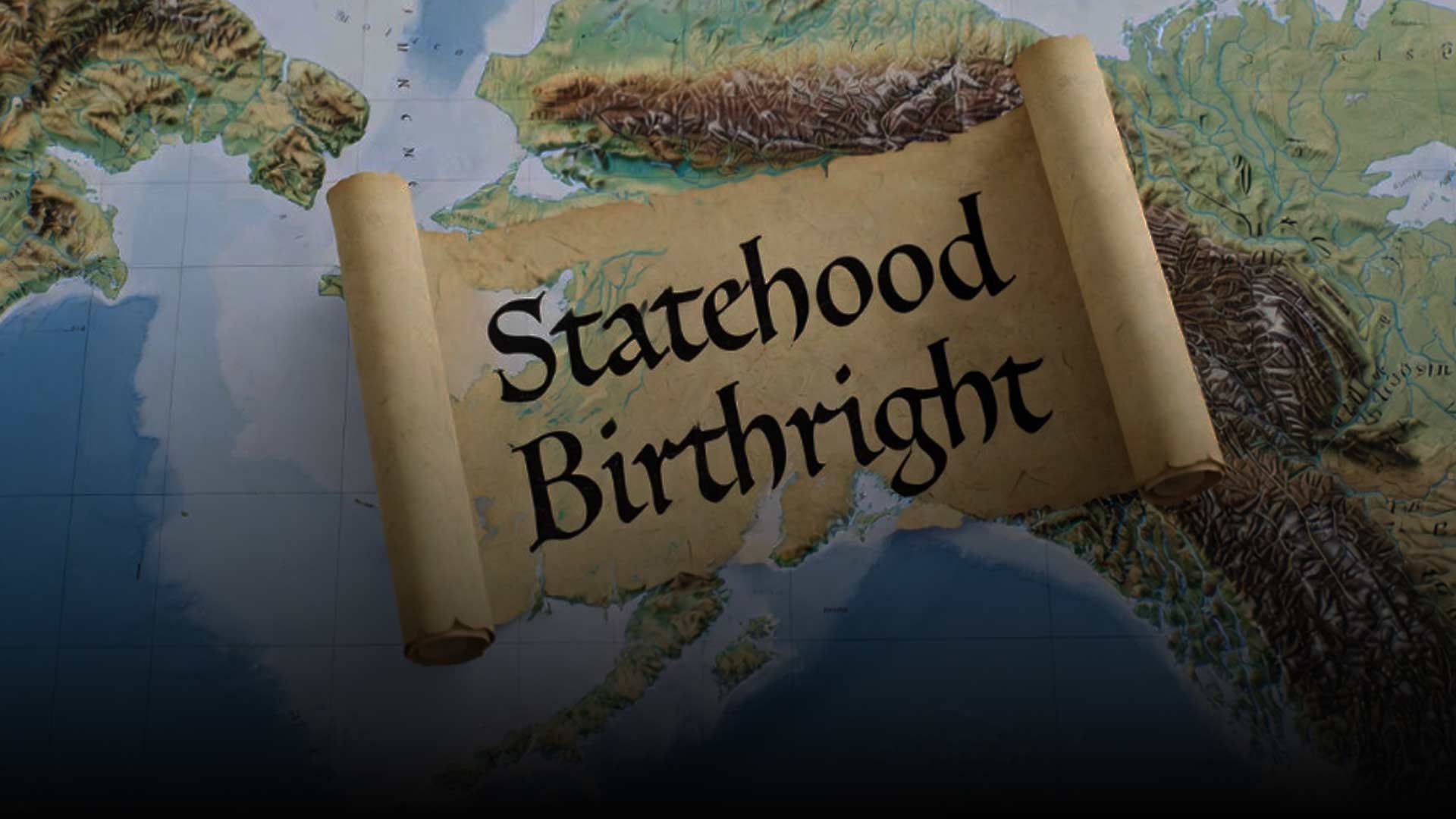
Alaska law enforcement agencies do not have the right to conduct aerial surveillance of private property with high powered telephoto technology without first obtaining a search warrant.
This was the March 8 ruling of the Alaska Supreme Court in the case, State of Alaska v. John William McKelvey.
Back in 2012 the Alaska State Troopers received a tip that McKelvey had a grow operation on his property located in rural Fairbanks. After initially flying over the property and taking photos with a telephoto lens, the Troopers then obtained a search warrant. The central issue in this case concerned the validity of the search warrant and whether the Troopers’ use of aerial photos violated the Fourth Amendment of the U.S. Constitution and the Alaska Constitution’s rights to privacy and freedom from unreasonable searches.
According to the Alaska Supreme Court’s ruling, the State Constitution protects Alaskans from law enforcement aerial surveillance by requiring a warrant prior to taking pictures of private property from the sky.
Troopers flew past McKelvey’s property in an airplane, roughly a quarter mile to a half mile south of the house at an altitude of roughly 600 feet. The officers photographed the property using a camera with a high-powered zoom lens.
In issuing its ruling the court rejected the state’s claim that because small airplane travel is so common in Alaska, and because any passenger might peer into one’s yard and snap a picture of them, law enforcement officials may do the same.
“We disagree,” the court stated. “The Alaska Constitution protects the right to be free of unreasonable searches. The fact that a random person might catch a glimpse of your yard while flying from one place to another does not make it reasonable for law enforcement officials to take to the skies and train high-powered optics on the private space right outside your home without a warrant.”
Such activity is “inconsistent with the aims of a free and open society,” the court stated.
The case began 12 years ago when McKelvey lived in a sparsely populated and heavily wooded area north of Fairbanks. In the clearing was a house and greenhouse, but surrounding trees blocked ground-level view of the property from anyone outside the clearing. Additionally, a gate blocked vehicles from entering the driveway, and numerous signs warned potential visitors that they were not welcome.
Troopers, however, received a tip from a confidential informant that McKelvey was growing marijuana on the property. The informant described seeing around 30 marijuana plants in five-gallon buckets and claimed that McKelvey took the plants into the greenhouse at night.
To confirm the informant’s report, two Troopers flew past McKelvey’s property in an airplane, roughly a quarter mile to a half mile south of the house at an altitude of roughly 600 feet. The officers photographed the property using a camera with a high-powered zoom lens, which allowed them to magnify the image roughly nine times what the naked eye can observe.
The court noted, ‘If there is any area of human activity to which a right to privacy pertains more than any other, it is the home.’”
According to the court, the photographs revealed five-gallon buckets containing unidentifiable plants inside the greenhouse. Based on the tip and observations from the flight, the troopers obtained a search warrant for McKelvey’s house and property and later found marijuana plants, methamphetamine, scales, plastic bags for packaging, a loaded AK-47 rifle, and a large amount of cash. McKelvey was charged with criminal offenses based upon the evidence discovered during the search.
McKelvey moved to suppress this evidence, arguing that the information supporting the search warrant came from an illegal search, namely the warrantless observation of his home with a telephoto lens during a flight.
The superior court denied McKelvey’s motion, and he was later convicted of third-degree misconduct involving a controlled substance (possession of methamphetamine) and one count of second-degree weapons misconduct (possessing a gun in connection with a drug crime).
McKelvey appealed to the Court of Appeals, arguing the Superior Court erred in denying his motion to suppress evidence. The appeals court agreed and reversed the superior court, holding that under the Alaska Constitution Troopers had no right to surveil McKelvey’s property from the air using a telephoto lens.
“The most important point in this analysis is the degree to which a type of police surveillance can reveal intimate details of life that a person may wish to keep private,” the Supreme Court noted.
The state then petitioned the Supreme Court for a hearing, claiming that it did not need a warrant for simply flying over McKelvey’s property and photographing it with a high-powered lens. This hearing took place in 2022.
In siding with the appeals court, the Alaska Supreme Court’s March 8 ruling first acknowledged that that “not all attempts to observe by government officials amount to a ‘search.’ For example, ‘the mere observation of items which are in plain view, or which are open and apparent is not a search.’ Police do not need to get a warrant to observe things that are in plain view.”
McKelvey’s case was different, the court maintained, especially given the Alaska Constitution’s robust privacy protections.
The court noted, ‘If there is any area of human activity to which a right to privacy pertains more than any other, it is the home.’” This extends to the curtilage, or area outside the home, when a person can reasonably expect privacy.
“When a person has taken no steps to protect the area immediately outside the person’s home from view, that person cannot reasonably expect items or activities in this area will remain private or protected from the eyes of passersby — or police,” the high court stated. “But this framework breaks down when applied to aerial observations.”
The court also noted that the rise of drone technology is important to consider.
By living in a remote location, in the middle of the woods, McKelvey had a reasonable expectation of privacy, the court found. Yet, he could not easily protect against aerial observation by the government.
“The most important point in this analysis is the degree to which a type of police surveillance can reveal intimate details of life that a person may wish to keep private,” the Supreme Court noted.
It pointed to a past case, Glass v. State, in which the court held that “to allow warrantless recordings of telephone calls risked chilling ‘public and private expression on the great issues of our day, as well as private discussion about the mundane, the trivial, and the banal,’ turning our ‘once free society’ into ‘a nation of ‘hagridden and furtive’ people.’” That type of surveillance would create a chilling effect on the ability of people to freely discuss controversial issues of the day with friends and neighbors, the court noted.
“The chilling effect would not be limited to those engaged in illegal activity,” the court noted, adding that allowing warrantless recordings would not prevent law enforcement from monitoring persons who simply “espoused unpopular causes.”
ALASKA WATCHMAN DIRECT TO YOUR INBOX
“Peering into people’s yards with a high-powered lens when flying overhead has a similar potential to reveal intimate details that a person may wish, and expect, to keep private,” the court continued. “Aerial observation with the aid of a zoom lens might capture, for example, an unflattering photo of a person in a swimsuit, images of a person practicing a silly dance with their children, or expressions of religious devotion that one might not wish others to see. The mere knowledge that the government could make these kinds of detailed observations without a warrant may discourage Alaskans from using their curtilage to live their private lives.”
The court also noted that the rise of drone technology is important to consider. While drone use by law enforcement is currently limited by Alaska statute, the court warned that “the legal status of drones could change.”
“And it would not be wise for us to ignore, when assessing the risk that warrantless aerial surveillance poses to Alaskans’ sense of security and freedom, the likelihood that advances in technology will make aerial surveillance cheaper and more feasible in the coming years and decades,” the justices observed. “The fact that it is common for small aircraft to fly overhead does not make it unreasonable for Alaskans to think that what they do in the outdoor space of their homes that they have tried to keep private will remain private.”
Read the full court ruling here.








3 Comments
Water rudders are down!
It appears to the casual reader that law enforcement, instead of using other means available, opted to use illegal methods to make their case. Short cuts by law enforcement usurping the protections of our Constitutional rights have far reaching consequences. The Alaska Supreme Court rightly recognized this. Now, as to the issuance of warrants given the current ideologic & political landscape still has me concerned.
The sad thing about this whole situation is that there are airplanes flying circles around entire areas. What are they doing? Are they photographing the areas? Documenting something? Mapping out the areas? Disallowing drones is no biggy if law enforcement has access to videos or photos taken by the aircraft that constantly fly circles overhead. Check out flightradar24.com to view the air traffic over Alaska.